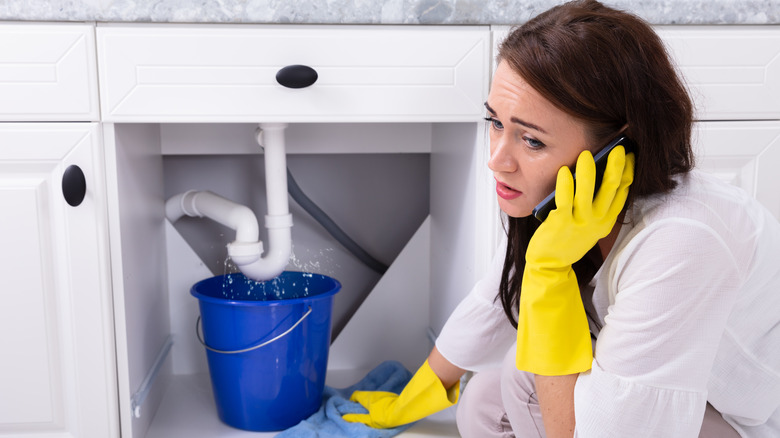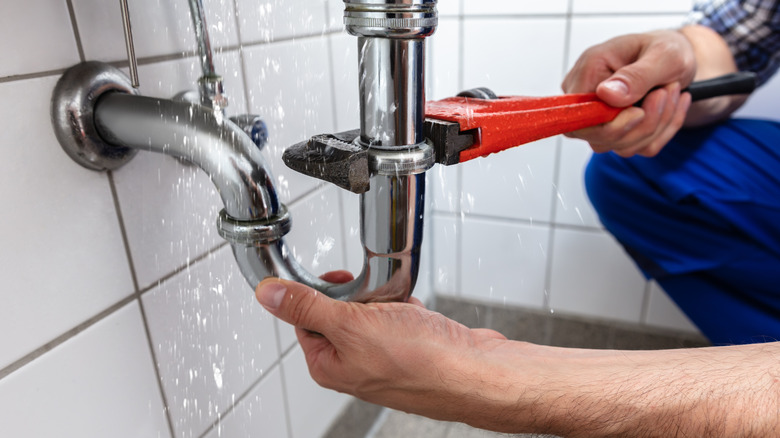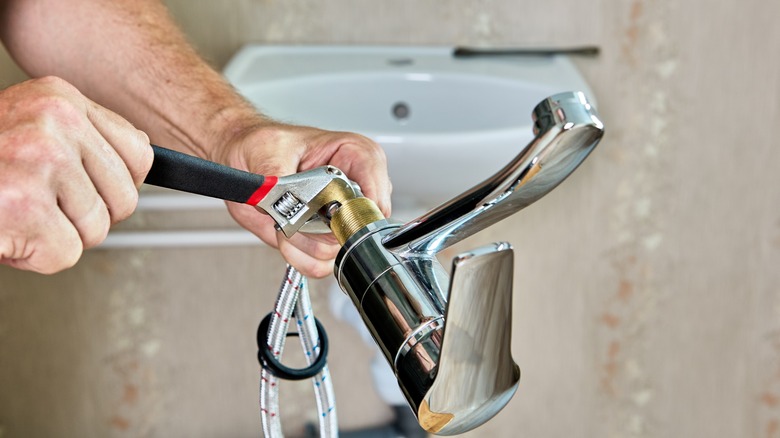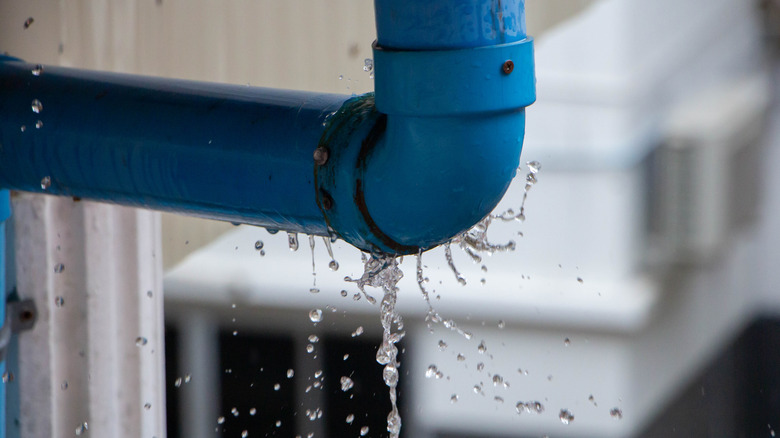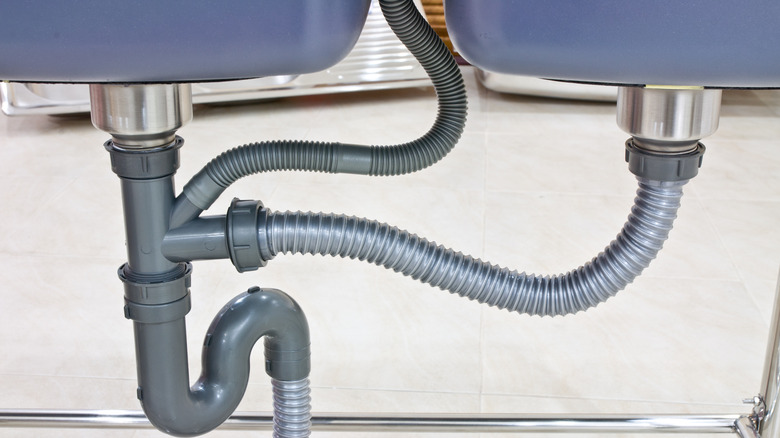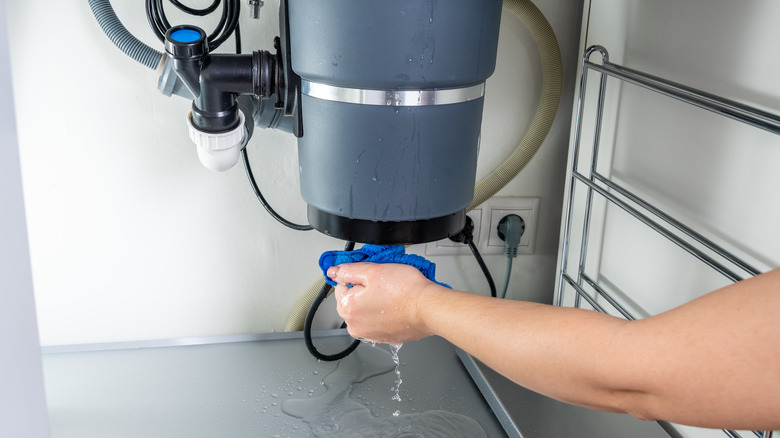5 Common Reasons Why Your Sink Is Leaking
Water damage is a nightmare for homeowners, and a leaky sink is often the culprit. In most homes, sinks are some of the most frequently used places. In fact, it's estimated that they are used up to 30 times a day, according to the National Kitchen and Bath Association. However, their functions go far beyond just washing dishes. This is where you wash your veggies and fruits and fetch a cup of water when you need a quick drink. Thus, other than creating water damage when left unchecked, a leaky sink can cause significant interruption to your daily activities around your home.
However, not all leaks are the same. Some are easy to notice while others can go on for weeks before catching your attention. Before trying to fix a leak, it's necessary to get to the root cause of the problem. If it's your first time experiencing a leak in your kitchen or bathroom, hunting down the cause can be quite frustrating. For this reason, we've compiled this comprehensive list of five common reasons your sink might spring a leak.
A leak from the drain
Before looking any further, one of the most common places where a leak might occur is from your sink's drain. The drain is an opening at the bottom of the basin that allows water to flow through. According to All Dry USA, one of the reasons why water might be leaking from a sink drain is due to old, worn-out plumber's putty that fails to provide a watertight seal. This is particularly true if the sink has been in use for many years.
The easiest way to determine whether the leak is coming from the drain is by covering the drain and filling the sink with water. Once full, go ahead and unplug the drain cover and inspect underneath the sink to see if the leak is actually coming from the drain. If you don't have any prior experience with plumbing work, it's best to call a plumber to help you with this problem. However, if you are looking for a quick DIY solution, you can try tightening the nuts underneath. If this doesn't work, consider opening the pipes under the sink and changing the plumber's putty under the drain flange.
A leak from a faucet
While the most common type of faucet leak is from the spout, this issue will not result in water escaping from your sink. Nonetheless, it leads to water loss (and an expensive water bill) and should be fixed immediately. However, the other type of faucet malfunction that can easily be mistaken for a leak is when water is escaping from the base of the fixture. This is often easy to identify, however, as it usually occurs when the faucet is in use and results in a puddle on top of the sink. Nevertheless, you should be aware that this type of leak can even occur when the faucet's not in use.
According to Kohler, ruptures that occur at the base of a faucet can be categorized in two ways: temporary and continuous leaks. Temporary leaks occur when the faucet is in use, while a continuous one happens even after a faucet is turned off. Fixing a temporary leak may involve replacing O-rings, seals, and bearings. On the other hand, fixing a continuous leak might require you to replace the cartridge, valve, or a spacer. However, if you attempt these fixes and the leak still doesn't go away, consider replacing the entire faucet.
A loose pipe connection
Another place you should inspect in the event of a leak is right under the sink. It's possible that the leak is coming from a pipe that has a connection that has become loose over time. According to WM Henderson, one of the main causes of a loose pipe connection is amateur plumbing work that results in an inadequate installation. Generally, plumbing leaks from loose pipe connections are hard to notice until the damage has been done.
If this type of leak occurs in your kitchen, especially when the leak is slow, water could be slipping into your cabinets and cause more harm than you'd expect. Usually, fixing this type of leak involves tightening the connecting point. However, if water still finds a way through the connecting parts, consider having a look at the gasket. That being said, since common plumbing mistakes often cause loose pipe connections, sometimes homeowners are better off calling a trusted plumber to fix the issue for them.
A clogged P-Trap
The uniquely shaped P-trap is a vital component of most home plumbing systems (per Swan). However, they are prone to leaking since they almost always house some water within their curved design. Similar to a leak from a loose pipe connection, a P-trap leak may be easy to miss since it'll be hidden away from plain sight. However, if you open the cabinet under the sink, you will immediately notice a puddle of water collecting on the floor. Since this is wastewater, you'll probably also notice a foul smell.
According to John C. Flood, the purpose of a P-trap is to prevent foul smells and dangerous gases from traveling up your plumbing and into your home. While a leak could occur from the P-trap due to a variety of reasons, the main causes are often improper installation, corrosion, or even overtightening the compression nut. For the average homeowner, it can be quite difficult to pinpoint the exact cause of a P-trap leak. For this reason, it's best to call in a professional to help you fix this particular issue.
A leaky garbage disposal
A garbage disposal brings a lot of convenience to the kitchen as it allows homeowners to dispose of certain food waste without worrying about clogging their home's pipes. However, it's also worth mentioning that a home's garbage disposal is likely one of the most abused items in the household, which can lead to the occasional leak. According to Len the Plumber, a garbage disposal may lose water from the top, side, or bottom. Each of these types of leaks has a specific cause that should be fixed separately.
If your garbage disposal is leaking from the top, the likely cause is a loose sink flange seal. Over time, it's quite common for this seal to erode or loosen. However, if the garbage disposal is leaking from its side, the culprit is probably a faulty drain connection where the tube meets the garbage disposal. It's also possible that a rubber gasket has become worn out over time. Finally, if your unit is leaking from the bottom, it could be because of a broken internal seal. This happens frequently to old units, and, since these seals cannot be replaced, the easiest fix is to buy a new garbage disposal.
